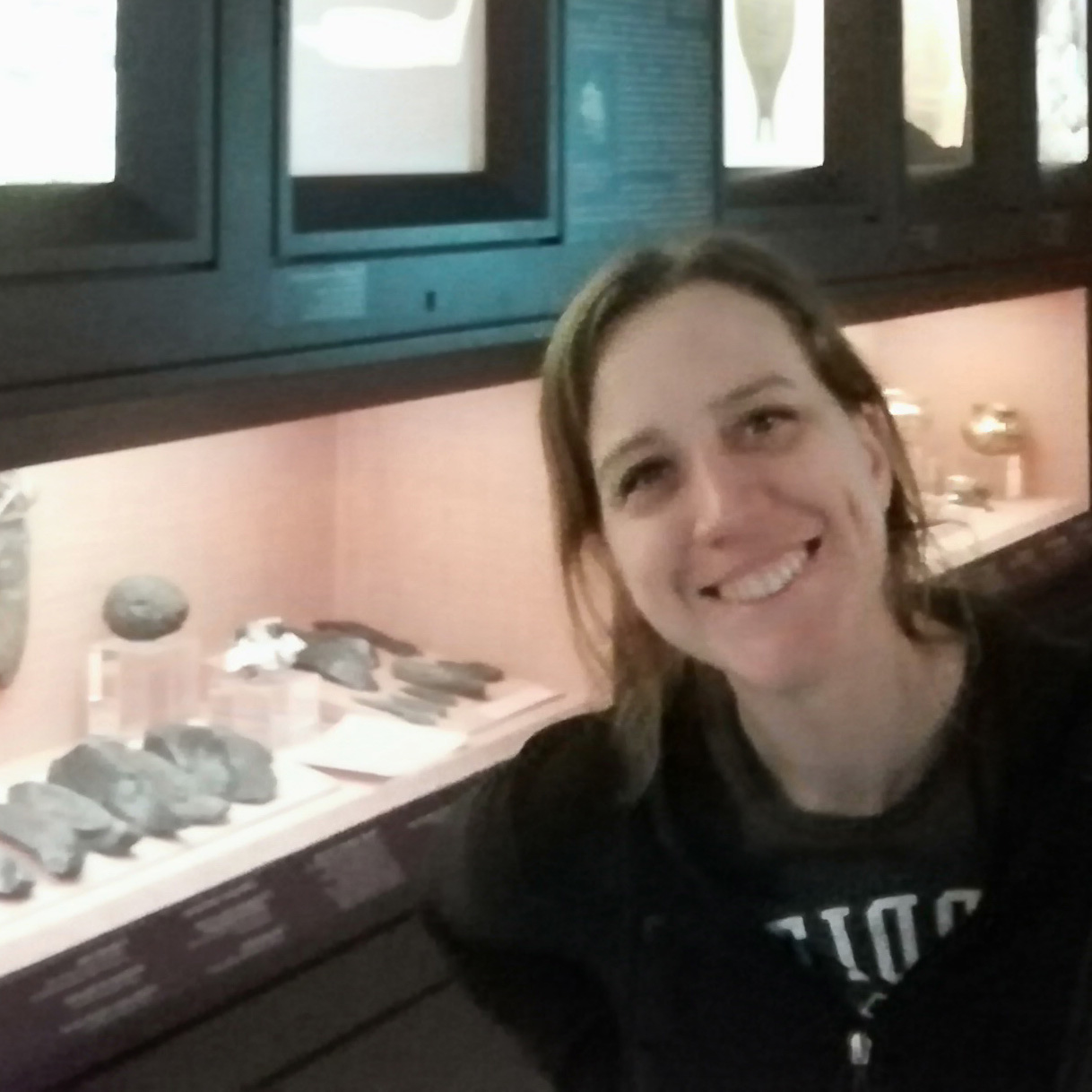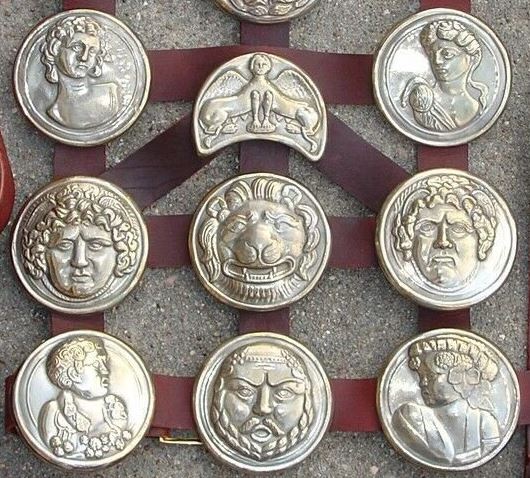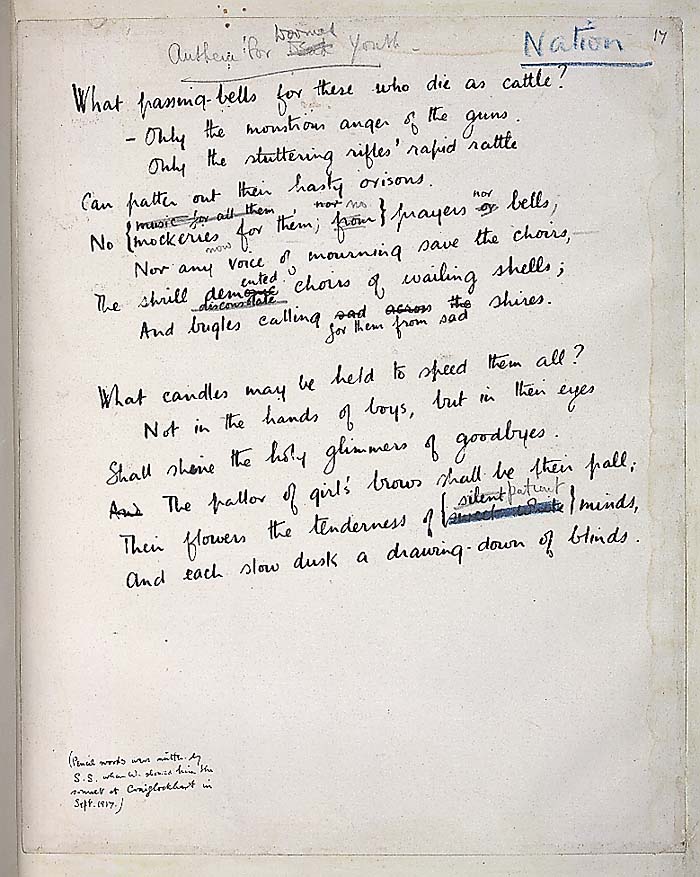There’s a lot to see in Athens, and even though it’s been raining cats and dogs all day my brother and I are determined to visit the Athens War Museum. We’ve read the reviews: This behemoth of a structure seems to be loved and dreaded in almost equal measure.
Reviewing sites agree on calling it old fashioned, but we’re definitely a little old fashion, too. “I was bored out of my skull,” writes one lady, and rates it one out of five. We haven’t yet found a museum we haven’t enjoyed, so we are cautious. “This is an excellent place to spend 4 hours!” shares an enthusiastic guy from Brisbane, plastering the review with five shiny stars. So there we went, curious to see who was right, and anxious to learn more about non-classical Greek history (spoilers: Brisbane guy was right. The Athens War Museum is a gem and one of my new favorite places in the world.)
My Visit to the Athens War Museum
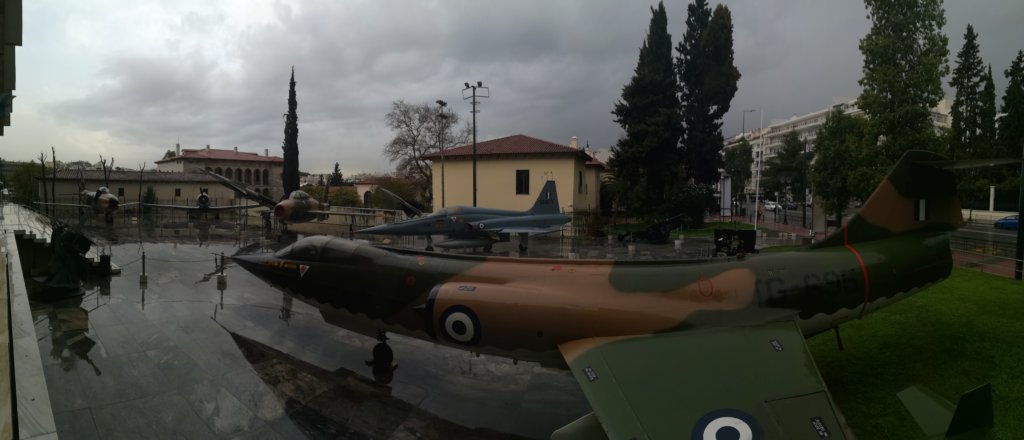
Four Incredible Levels
The Athens War Museum was inaugurated after the fall of the military regime in July 1975 as the museum of the Greek Armed Forces. Its exhibition areas are distributed over four levels and honor all those who fought for Greece and its freedom. It houses incredible historical treasures, opening with several British 25 pounder field guns that NATO nations used up to the end of the 20th century and a pair of horse-drawn cannon turrets from the late 19th hundred among many other fascinating pieces of hardware.
As you enter the museum, you are welcomed by a series of mannequins outfitted in the many military uniforms of past and present (and the friendliest reception staff in Europe). Climb the stairs, and begin to adventure through history: Each room covers a different time period, starting ancient warfare and continuing with the Greek war of freedom and World wars. The museum has guns and weapons from 1500 BC (Neolithic axes, bronze-age daggers) to the 20th century (guns, swords, bayonets).
We particularly enjoyed the plaster maps that explained the military tactics of the Persian invasions (incredibly enough, no documentary can help you visualize the Battle of Salamis, Marathon and Thermopylae so effectively. The maps helped us enormously when we then visited the actual places later in the week), and although a lot of the earlier objects are reproductions – albeit, you can see the real ones in other Greek museums!, they really do give you a great idea of the evolution of weapons and how they were used in conflict. As an anthropologist, I particularly appreciated being able to see what such weapons really looked like when they ‘brand new’ and imagine how they were utilized.
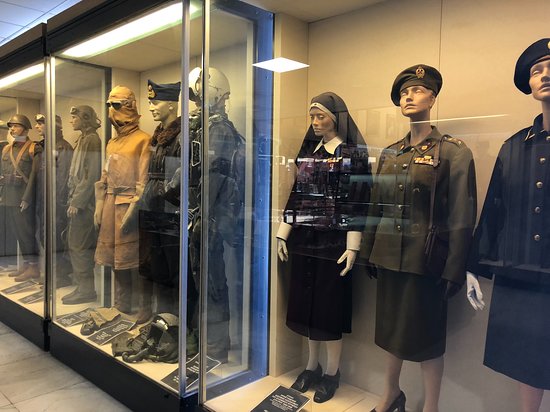
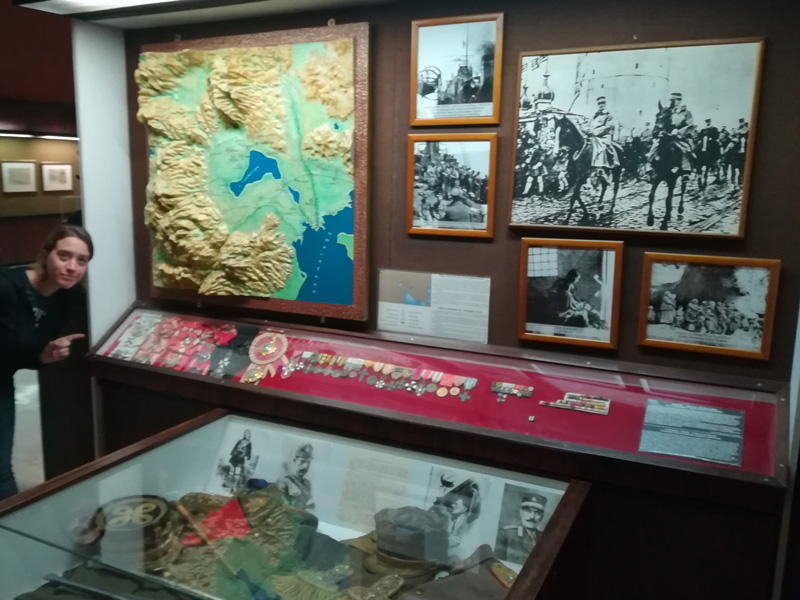
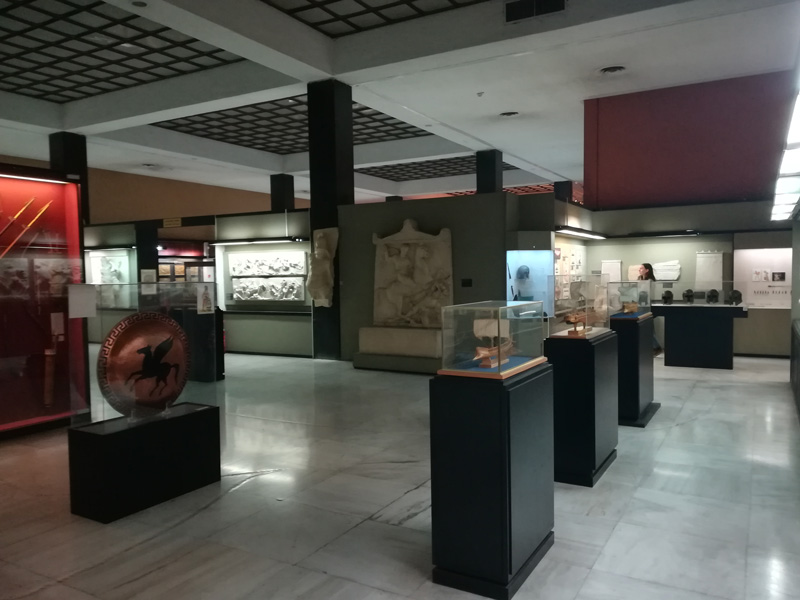
Visualizing War Thought Exhibits
The exhibits, in general, are in great condition – yes, they might look a little outdated compared to some of the new technologies other museums have incorporated, but the history remains the same! They all come with explanatory signs in both Greek and English (although the English ones tend to be shorter) and are carefully put together. One of the best things about this museum is that most exhibits are accompanied by related art, artifacts, scale models, video and photography, bringing the stories behind the objects to life. I’m a sucker for dioramas, and this museum has a ton of them. The whole thing is meticulously organized and presented.
The museum has a large number of weapons used during conflicts that involved Europe and Greece, including but not restricted to guns, knives, swords, and bayonets (they have flint axes, modern fighter jets and everything in between!). There’s also an excellent collection of arms on the bottom floor, most notably from the 1800’s, which I believe it’s probably one of the better ones around. And if this is not enough, venture into the underground toilets and be blown away by displays of international warfare equipment, such as tortoiseshell shields, spears and armor like you’ve never seen before.
Among the top floor highlights, you’ll find objects like ex prime minister George Papandreu‘s pocket pistol, a well as submachine guns with gold plated parts given by the Saudi Arabian government to Greece’s ministers. There are personal belongings, literature of the time pertaining to the events and in the WWII room there’s even a written command in Greek and German declaring the use of reprisal executions for acts of sabotage and resistance. And my favorite, as a medal collector: Awards accompanied by letters, photographs and even the uniforms of those that were recognized with them.
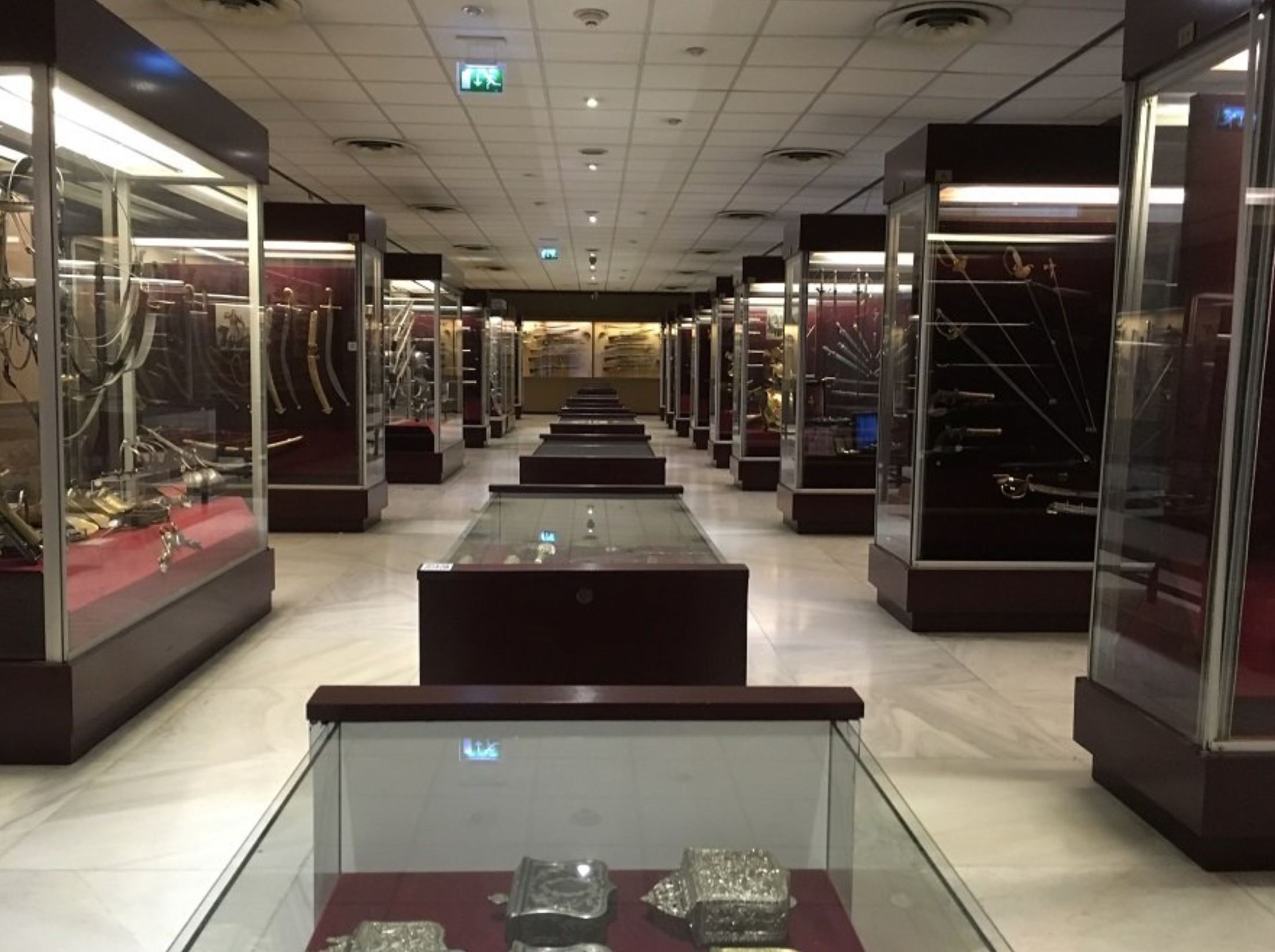
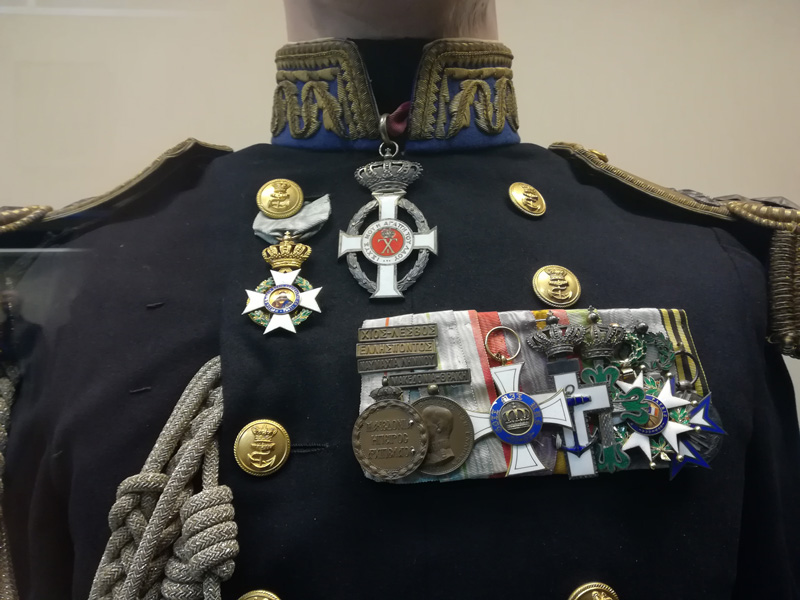
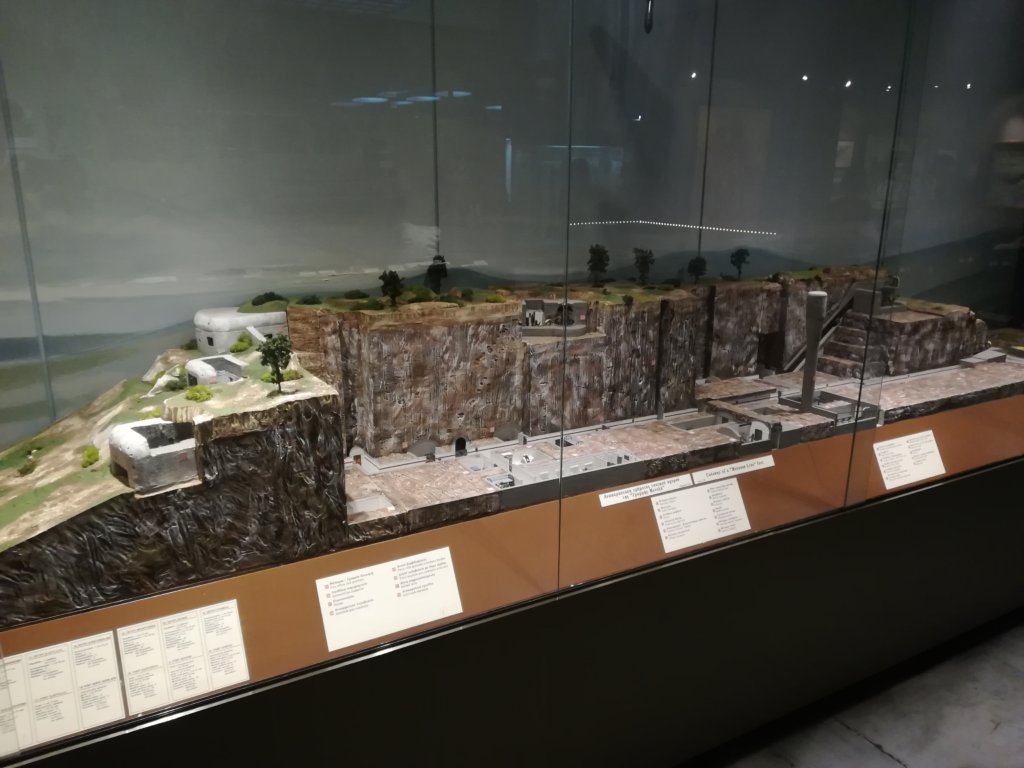
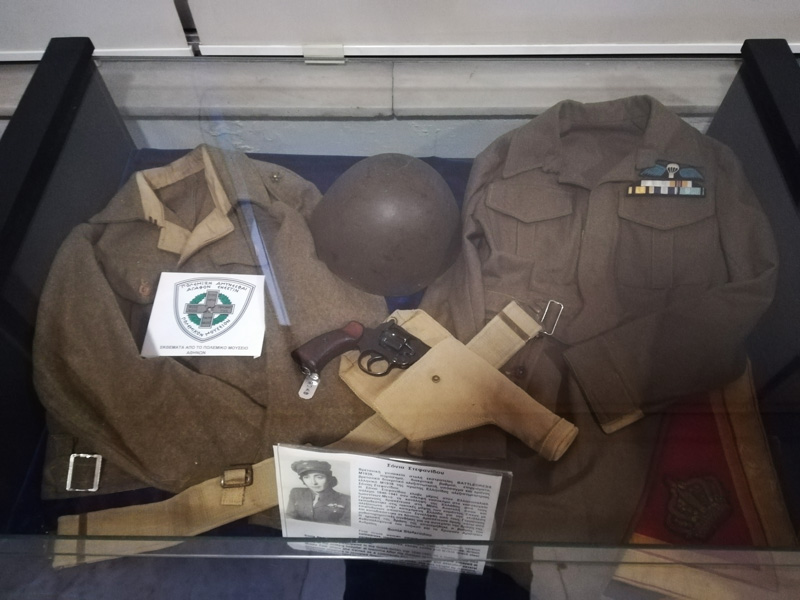
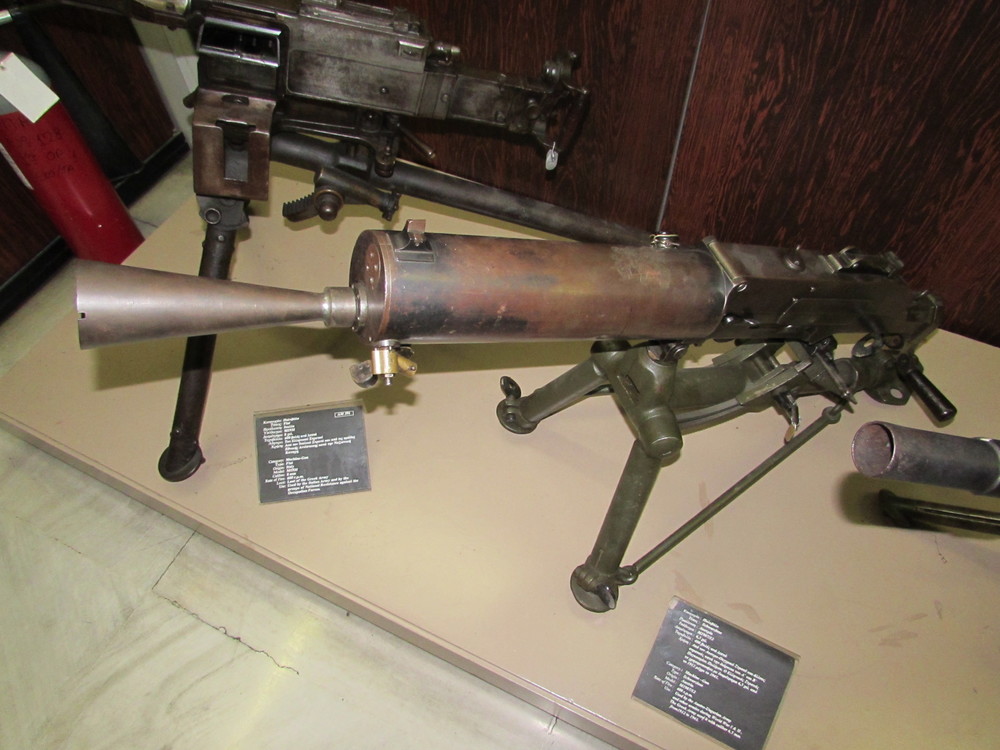
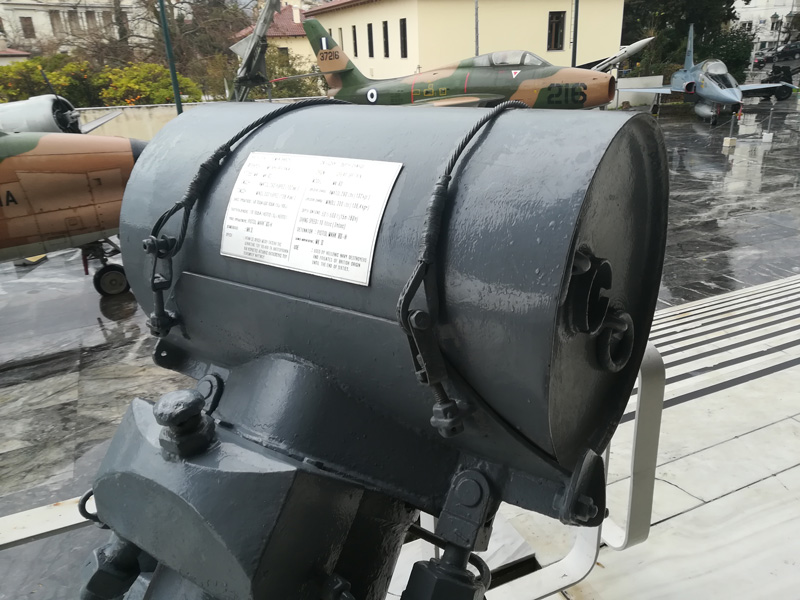
Greek Freedom and World Wars
Each time period is explained on a sign above the doorframes. The museum utilizes several rooms to tell the story of the Greek Independence from the Ottoman Empire (Elliniki Epanastasi, or the Greek War of Independence) through art, objects and stories from those that were there. March 25, 1821 is what’s still celebrated as Greek Independence Day—when Germanos, archbishop of Pátrai, unfurled a Greek flag at the monastery of Ayia Lavra near Kalávrita.
The museum, of course, covers also WWI, the battles for Greece in WWII and the Greek Resistance in WWII. The showcases are powerful because they present real experiences, plus the social movements and practical equipment that accompanied them, like food supplies, flags and a whole lot of personal belongings. You might see a completely new side of war and of resistance.
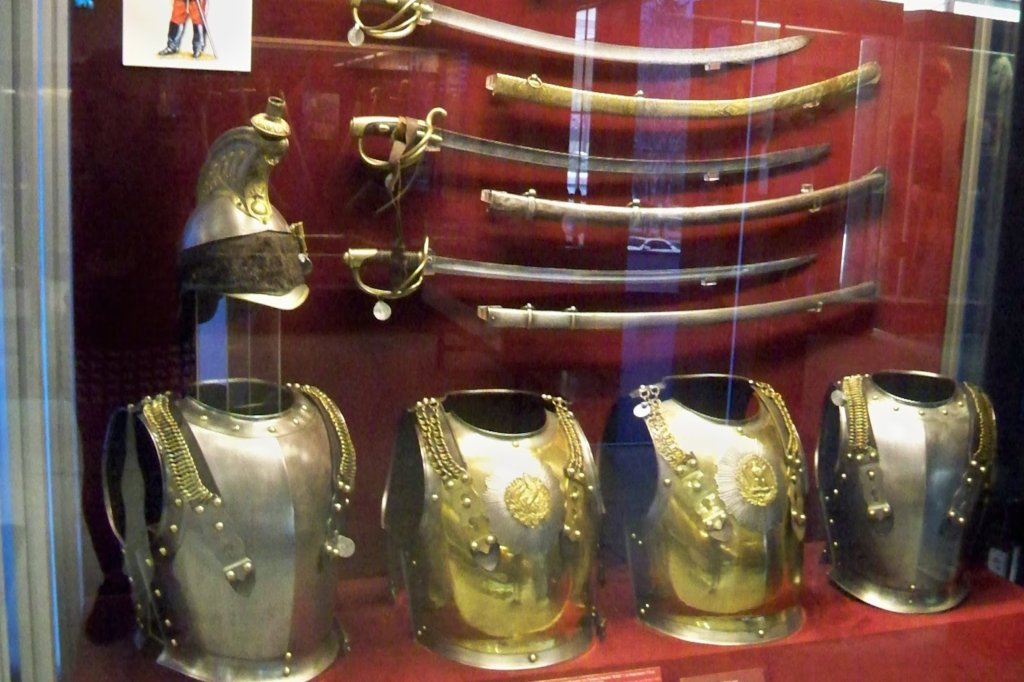
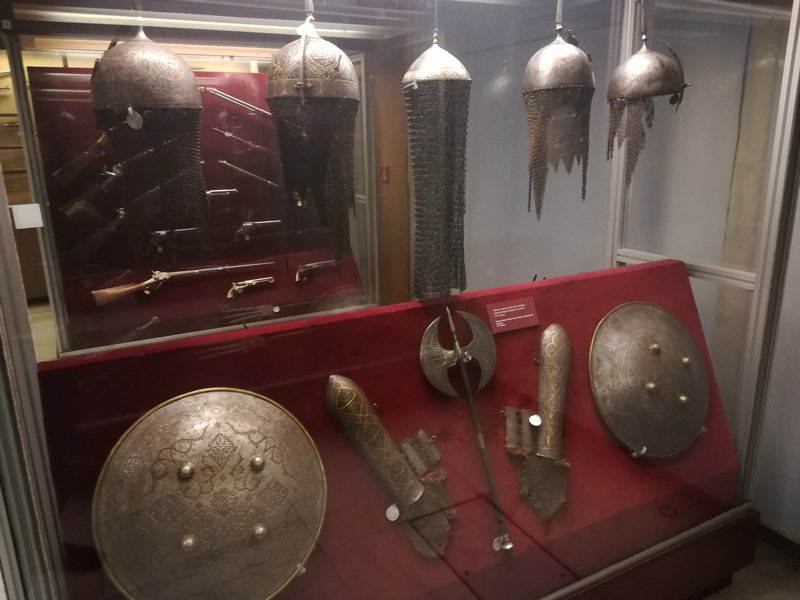
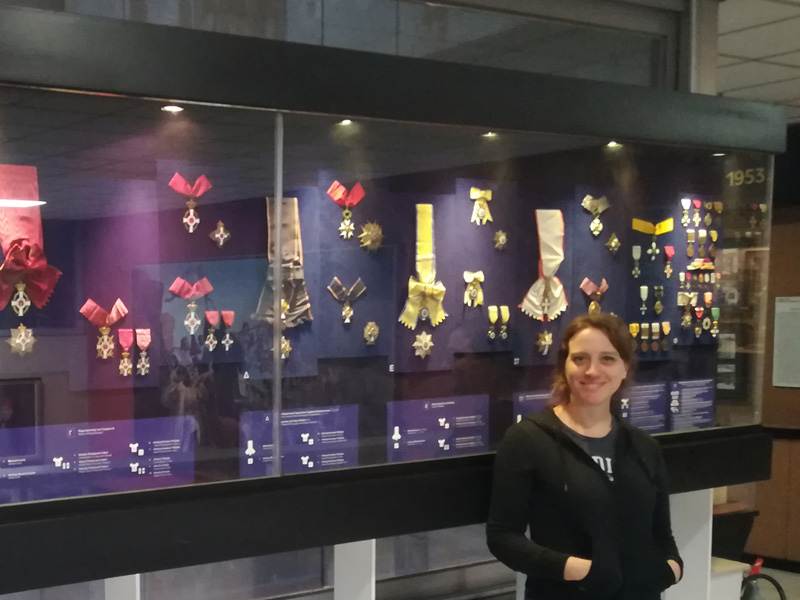
Why you Should Visit the Athens War Museum
Although the related artifacts number the thousands, I personally found the photographs and personal objects the most compelling. On the whole, it all made for an unforgettable and very emotional experience. The museum galleries show ammunition, armors, uniforms, medals, flags, maps, photographs and all sort of documents related to military environment – but most of all, it shows sthe people behind them.
When you visit Greece, it’s not always easy to get a cohesive understanding of its complete history, from BC to today. Several aspects of Greek history escape the casual tourist, such as the matters of Greek nationalism and 20th century Greco-Turkish conflicts. The museum does a terrific job at displaying this country’s rich history in a way that is both logical (rooms arranged chronologically) and human.
I cannot but recommend a visit. Plus, it’s very accessible (easy to get there, has elevators and rooms with lots of space for people with reduced mobility), it has a great gift shop to ruin your baggage allowance and is very inexpensive: 3 euros.
And I shall reiterate, the staff was simply fantastic, as excited and honored to be there like us, humble history buffs.

